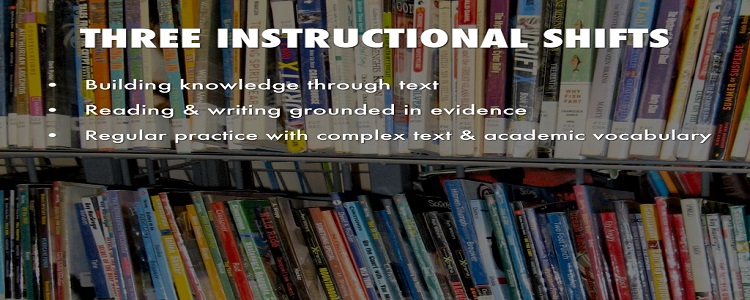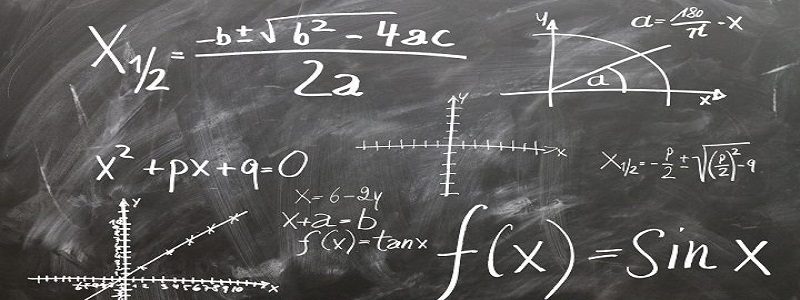A Simple Argumentation Activity on the UN ‘Declaration of the Rights of the Child’ (1959)
One of our partner schools is in the midst of a unit on the challenges of childhood in their English language arts classes. One of the readings they are discussing is the 1959 United Nations Declaration of the Rights of the Child, which lays out an elaboration and further definition of the UN’s foundational Universal Declaration of Human Rights (1948) line that reads:
Motherhood and childhood are entitled to special care and assistance.
Arguing Math: Justify and Critique Solutions to Algebraic Relationships in Two Variables
Current standards in mathematics require that students be able to “construct viable arguments and critique the reasoning of others” (Common Core Standards, Standards of Math Practice 3). Further, “mathematically proficient students . . . justify their conclusions, communicate them to others, and respond to the arguments of others.” This activity has students justifying and making arguments for their solutions to higher-order thinking math questions, and it has students questioning or critiquing the solutions of their classmates.
Book Review: ‘Academic Moves for College and Career Readiness’ (Corwin Literacy, 2015), by Jim Burke and Barry Gilmore
From the Outset
Renowned educators and education writers Jim Burke and Barry Gilmore have put together an eminently useful resource binder for teaching what they identify as the most essential “academic moves” in K-12 education: Academic Moves for College and Career Readiness. This study and collection of resources on the “15 must-have skills every student needs to achieve” germinated from the authors’ day-to-day opportunity, they tell us, for reading and reflecting on the problems and prompts handed out to students by their teacher colleagues.
What are we actually asking our students to do in classrooms across disciplines? How do these directions interact with the requirements of current standards such as the Common Core or the new SAT? And how can teachers be assisted in becoming more intentional about teaching the precise academic skills their assignments and assessments demonstrate that they most value? These were the generative questions of the book. Burke and Gilmore wish to bring “consistency and clarity to the language” of school work, “the language of learning.” They quote Argument-Centered Education founding advisers Gerald Graff and Cathy Birkenstein in saying that they intend for their resource binder to lay bare the “‘deep, underlying structure, [the] internal DNA’ common to the academic and cognitive moves” that students must learn to make, across all subject areas.
Three Instructional Shifts: Simplifying the Common Core & De-Mystifying Curriculum
by Mike Schmoker and Carol Jago
Simplifying and De-Mystifying Instruction
The English Language Arts Common Core could have no less than a transformational effect on American education. But this will only occur if (ironically) we recognize that the actual lists of standards themselves are the weakest portion of the Common Core documents. Done right, the ELA Common Core has the potential to right the ship of literacy, to facilitate, at long last, the creation of coherent curriculum in every course and to rescue us from the fads and pseudo-‐literacies of recent decades. This would thus eventuate in the greatest proportion of college and career-‐ready students in our history. The keys to its success are clarity and simplicity.
As many are beginning to recognize, the true strength of the (still-‐evolving) Common Core is found in the ancillary documents and appendices that accompany the standards. Imperfections notwithstanding, the general emphases contained in these documents describe authentic, traditional literacy far better than their state-‐level predecessors. Despite some occasional over-‐reach, the appendices go a long way toward clarifying what students need most and have always needed: abundant opportunities to engage in close reading of large amounts of high quality, complex text, combined with opportunities to engage in discussion and writing grounded in text.
Algebraic Number Sequences and Series, and Types of Argumentative Reasoning
Mathematics and Argument
Mathematics education has over the past 15 years increasingly elevated argumentation. The National Council of the Teachers of Mathematics established five ‘process standards’ for mathematical proficiency, and two of them (40%) are closely connected to argument: ‘reasoning and proof’ and ‘communications.’ As part of mathematical ‘reasoning and proof,’ students must be able to:
-
-
- ‘Develop and evaluate mathematical arguments and proofs’
- ‘Select and use various types of reasoning and proofs’
-
As part of mathematical ‘communications,’ students must be able to:
-
-
- ‘Analyze and evaluate the mathematical thinking and strategies of others’
- ‘Explanations should include mathematical arguments and rationales, not just procedural descriptions or summaries’
-
The Common Core Standards took mathematical argument – ‘a line of reasoning that intends to show or explain why a mathematical result is true,’ according to the Encyclopedia of Mathematics Education (Springer Media, 2014) – a step further when in their Standards of Math Practice 3 they require that students demonstrate a proficient ability to ‘construct viable arguments and critique the reasoning of others.’
Deductive vs. Inductive Arguments
The algebraic number sequences and series unit gives us an opportunity to investigate differences in the basic ‘types of reasoning’ recognized by authorities in argument education. One fundamental dichotomy in the field separates deductive arguments and inductive arguments.






